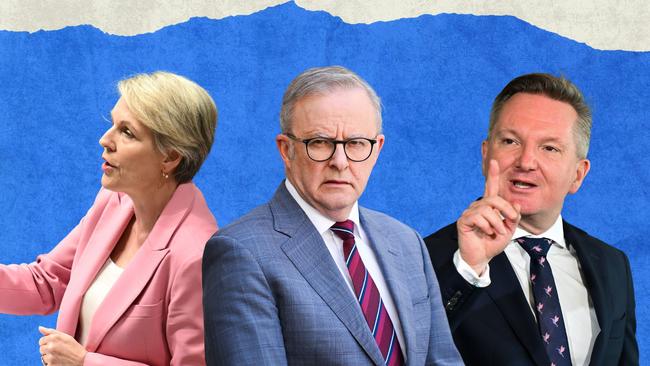
Along with roughly doubled mortgage repayments, it’s power prices that are at the heart of the cost-of-living pain that’s so lethal to incumbent governments.
If the election is left until May, the budget will have to be delivered on March 25, as set in the parliamentary schedule. At present, Labor’s sole economic credential is that it has produced the first back-to-back surpluses since Peter Costello was treasurer.
Never mind that these surpluses were serendipitous, the result of sustained high commodity prices, not policy decisions to reduce the size of government. This illusion, that Labor has been a good economic steward, won’t survive a pre-election budget, with a decade of deficits plus government that’s permanently bloated to pandemic levels via an inexorable expansion of the “care economy”. If an election is not under way and if the government is not thus in caretaker mode, Labor will be forced to reveal its emissions targets for 2035 as envisaged by legislation and its repeated promises.
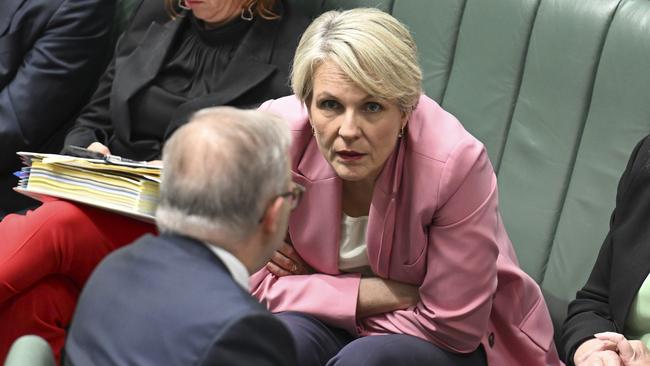
These will have to be ambitious to keep the Greens more or less on side. Yet the bigger the cuts, the more the economic upheaval that’s required to meet them. This time it won’t be just the electricity supply that’s affected by the “green transition” but the cars we drive, the food we eat and the holidays we take. How many Labor candidates will want to confront voters with the prospect of being forced to drive an electric car, stop using gas for cooking and heating, and rationing their airline travel? Much better to put all this off until after an election.
Then there are policy decisions Labor has deferred because it can’t get a majority in the Senate, such as the “nature positive” legislation requiring all development be “net positive” for the environment, plus the misinformation and disinformation bill that has been deferred but not abandoned. The longer the election is delayed, the more pressure there will be on the government to rule stalled legislation in or out – and the likelier it will be that further constituencies will be alienated.
The future of salmon farming, for instance, may not be a big national issue but it’s a critical one in the Labor-held seat of Lyons in western Tasmania. It’s in the national economic interest that this industry continues to thrive, despite the allegedly endangered Maugean skate, but it’s in the immediate political interests of Anthony Albanese and Environment Minister Tanya Plibersek to placate potential green voters. Hence, yet another argument for going to an election sooner rather than later, to avoid this decision.
On that score, it’s worth noting the government has already done the policy work needed for a post-election deal with the Greens (should horse-trading be necessary to keep a minority Albanese government in office).

The nature positive bill, including a new national environmental protection body, was largely drafted until the West Australian Labor Premier insisted it be pulled until after his election on March 8. Also, at Jim Chalmers’ urging, the Treasurer’s department has already done the policy work to renew Labor’s previous push to end negative gearing for investment properties and to reduce the capital gains tax discount should that be the price of a deal with the Greens.
But the main impetus for a March or April election is the slow-motion train wreck that is our nation’s energy policy and its ultimate cost to consumers and taxpayers.
A fortnight back, the government accused the opposition of scaremongering when it released modelling from Frontier Economics putting the cost of the already legislated renewables-only energy transition to 2030 at $642bn and not the $122bn figure cited by Energy Minister Chris Bowen. At the time, Frontier said its estimate was conservative and the real costs could be considerably higher.
Well, now it seems Bowen may actually agree. Challenged in the parliament last week to “confirm … the real cost of the government’s energy policy to be $642bn instead of $122bn”, Bowen said: “Actually I was quite impressed with the Frontier Economics report, particularly page 6, which says ‘we found that the report modelling matched AEMO’s ISP modelling very closely’.”
Indeed, the modelling that Bowen has used to justify his figure of $122bn actually states (on page 73) that “it includes transmission augmentation, utility scale generation and storage capex, and does not include the cost of commissioned, committed or anticipated projects, consumer energy resources (and) distribution network upgrades”.
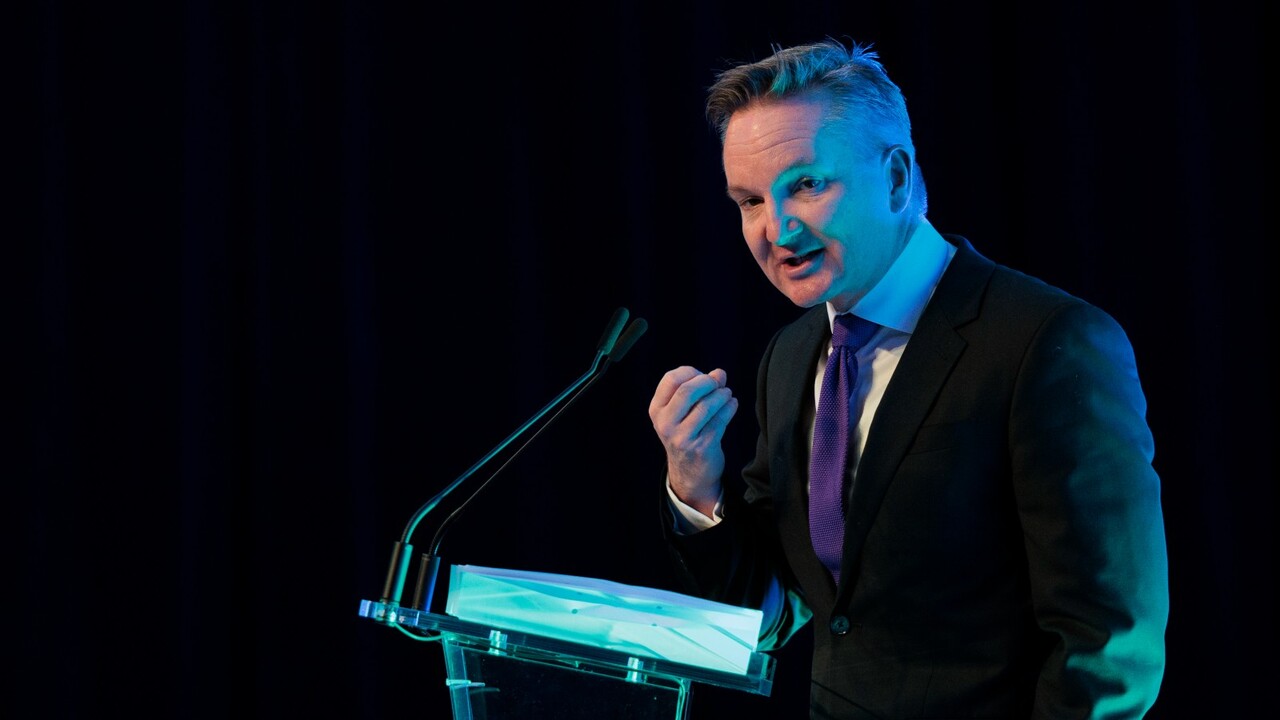
In other words, this inclusion in the footnotes effectively invalidates Bowen’s headline figure and justifies the opposition’s. The $122bn figure that Bowen bandies about is only the (currently) anticipated cost to government and does not include costs already committed to, let alone the extra costs to consumers and to electricity generators and suppliers of new electricity production and distribution to keep the lights on while still meeting the government’s emissions target. What really matters to voters is the pain in their pocket from power bills that have more or less doubled since the election, contrary to Labor’s promise to cut them by $275 per household a year and despite various government subsidies, including Labor’s latest one-off $300 payment.
An as yet unnoticed scandal is Bowen’s heavying of the Australian Energy Regulator. In a letter to the independent statutory body, he advises it not to allow energy retailers to pass on to consumers the inevitable costs of the government’s policies. Interestingly, like a lot of his correspondence, the letter to the AER is undated (perhaps to make Freedom of Information discovery harder?).
In Bowen’s letter, which the AER would have considered when setting the current default market offer, he states: “As you would be aware, energy bills are contributing to cost-of-living pressures facing Australian families … To shield Australians from the worst aspect of price increases, the government has … deliver(ed) the Energy Price Relief Plan … Without energy rebates, the ABS estimates prices would have increased by 18.6 per cent.”
Bowen’s letter goes on: “With the prospect of cost-of-living challenges persisting … I am requesting the Australian Energy Regulator take into account broader economic conditions and how they impact energy producers and users … I ask that the AER do this by exercising the flexibility afforded to it under … the … regulations when determining the Default Market Offer while these exceptional cost-of-living pressures persist … This request is intended as a temporary measure to lessen where possible increases to retail electricity bills.”
How much higher might the current standard price have been but for this ministerial pressure? And is comparable pressure now being exercised in anticipation of the next DMO due to be released in early March?
A government that has already once directed a supposedly independent regulator to make decisions that align to the government’s political interests, rather than the long-term best interests of the nation, would be even more determined to avoid a power price rise with an election imminent. Or indeed to pre-empt the threat by going early. A government sufficiently desperate to break all the usual conventions on non-interference is one that’s desperate to get an election out of the way before voters know what’s about to hit them.


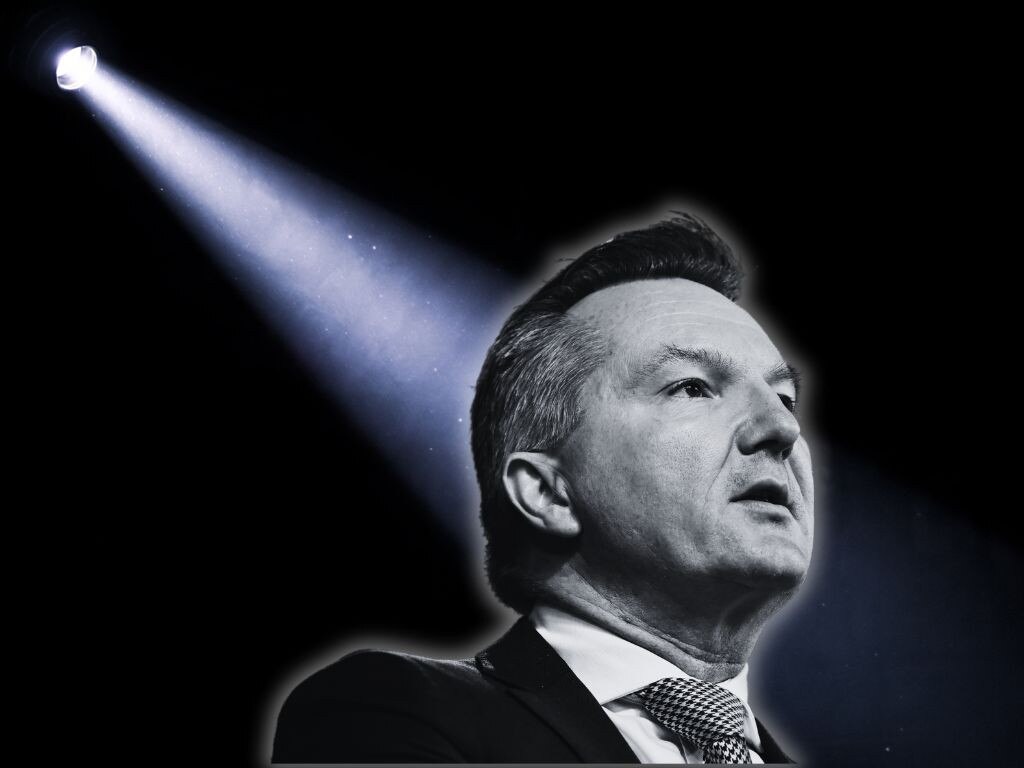
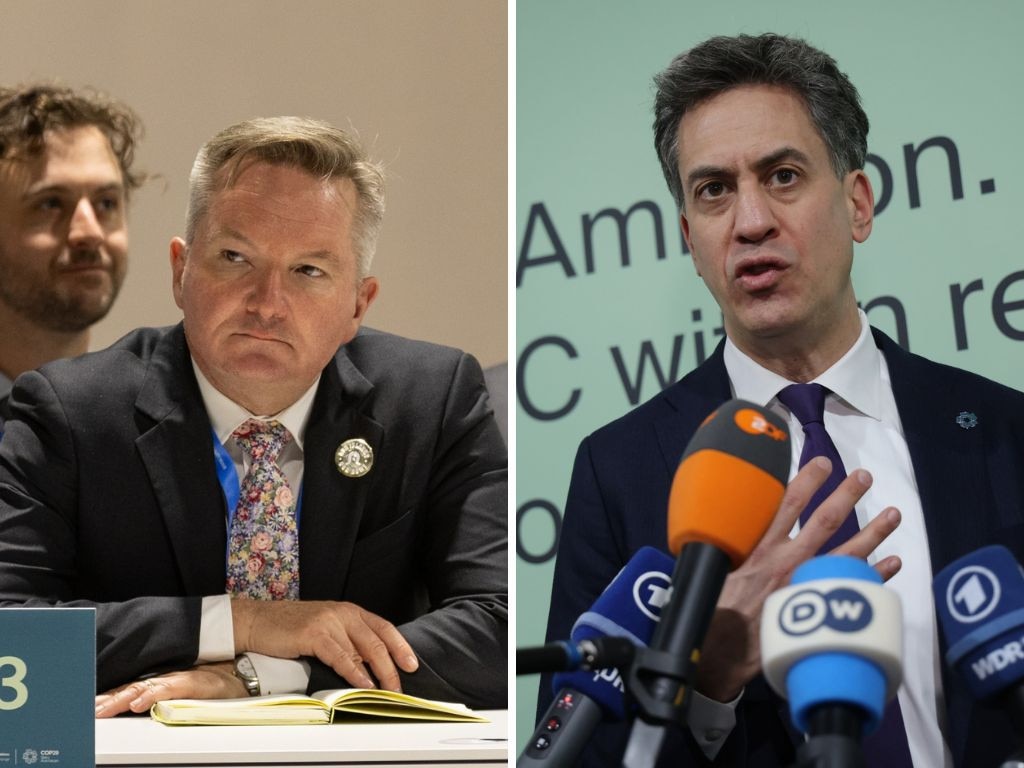
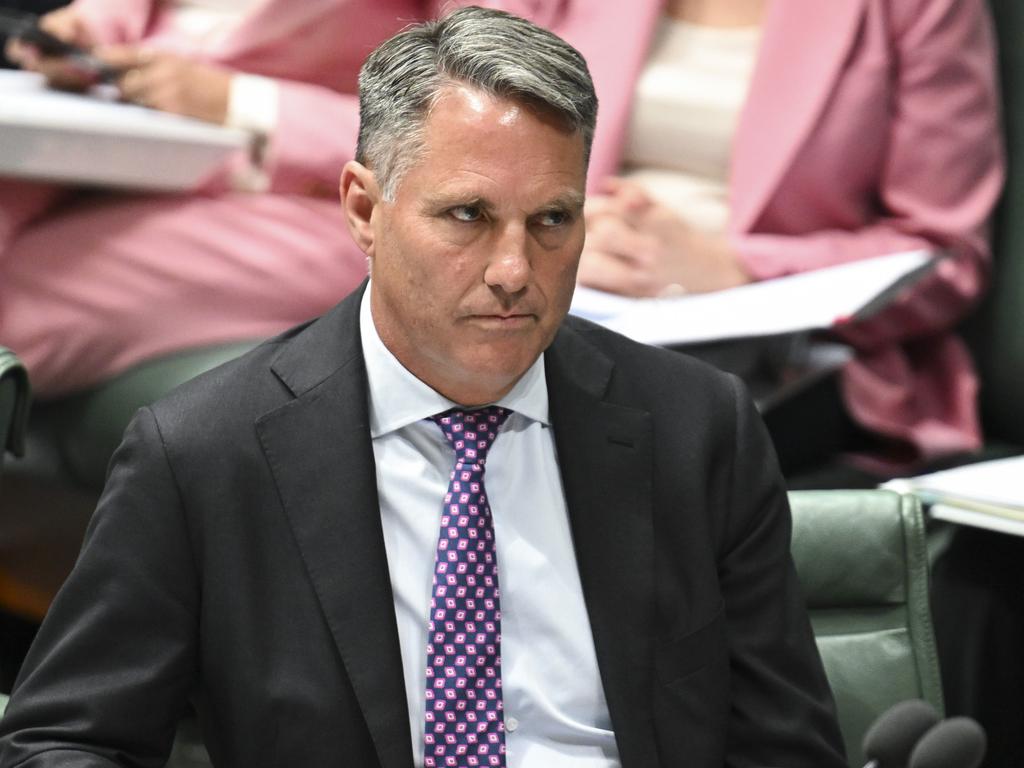


The reason why the federal election almost certainly will be held early – in March or April, rather than May when it’s due – is because that’s the only way the Albanese government can avoid facing up to bad news and difficult decisions: on the budget, on future climate targets, on environmental management and, most of all, on power prices.